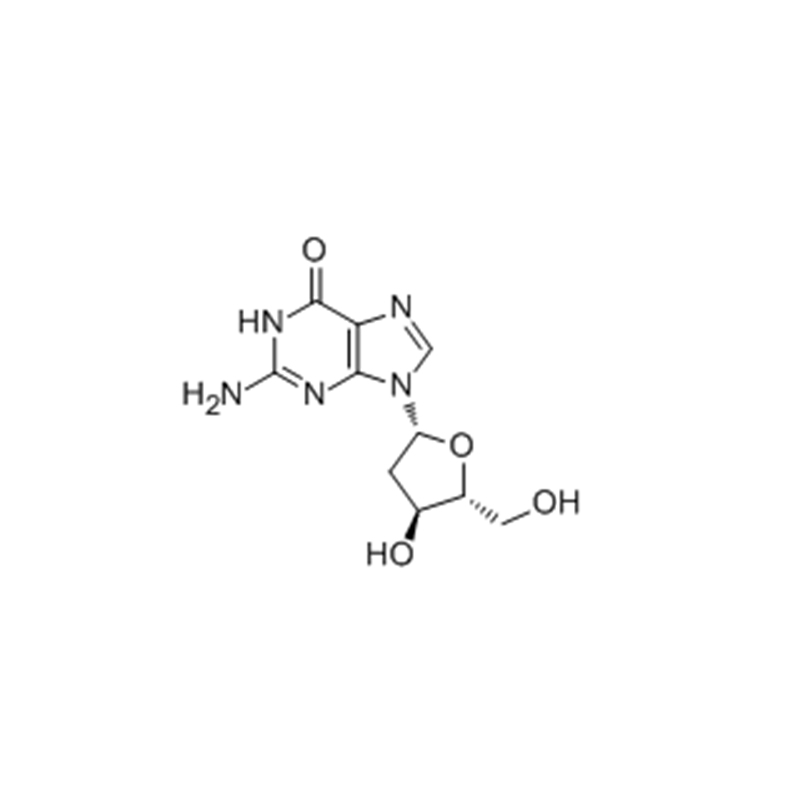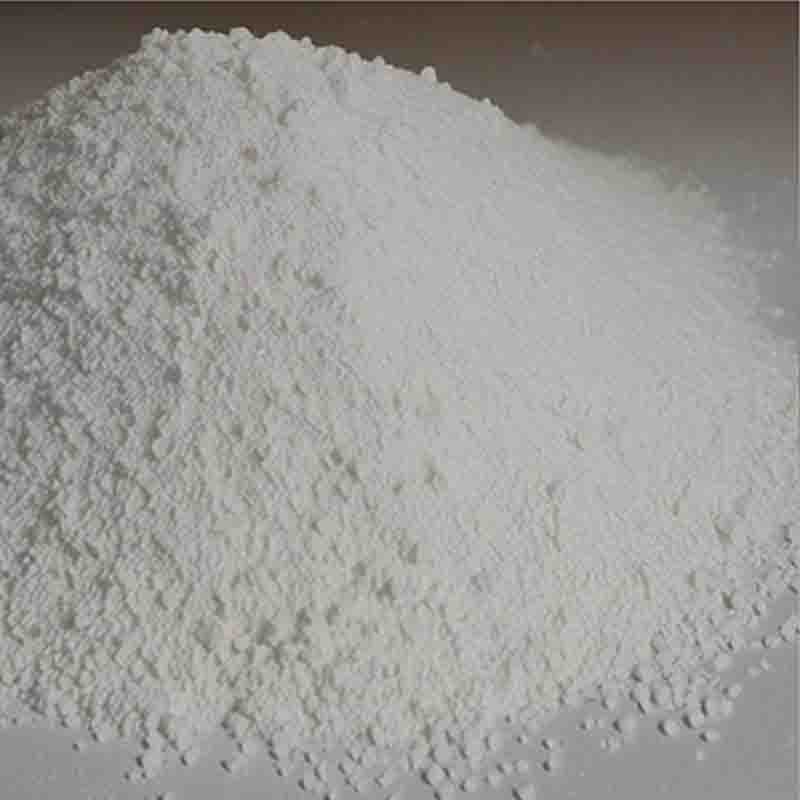Hypoxanthine CAS:68-94-0
| Catalog Number | XD90556 |
| Product Name | Hypoxanthine |
| CAS | 68-94-0 |
| Molecular Formula | C5H4N4O |
| Molecular Weight | 136.11 |
| Storage Details | Ambient |
| Harmonized Tariff Code | 2933599590 |
Product Specification
| Appearance | Solid |
| Assay | 99% |
Adenosine is an endogenous regulator of vascular tone. This activity of adenosine is terminated by its uptake and metabolism by microvascular endothelial cells (MVEC). The predominant transporter involved is ENT1 (equilibrative nucleoside transporter subtype 1). MVEC also express the nucleobase transporter (ENBT1) which is involved in the cellular flux of adenosine metabolites such as hypoxanthine. Changes in either of these transport systems would impact the bioactivity of adenosine and its metabolism, including the formation of oxygen free radicals. MVEC isolated from skeletal muscle of ENT1(+/+) and ENT1(-/-) mice were subjected to oxidative stress induced by simulated ischemia/reperfusion or menadione. The functional activities of ENT1 and ENBT1 were assessed based on zero-trans influx kinetics of radiolabeled substrates. There was a reduction in the rate of ENBT1-mediated hypoxanthine uptake by ENT1(+/+) MVEC treated with menadione or after exposure to conditions that simulate isc hemia/reperfusion. In both cases, the superoxide dismutase mimetic MnTMPyP attenuated the loss of ENBT1 activity, implicating superoxide radicals in the response. In contrast, MVEC isolated from ENT1(-/-) mice showed no reduction in ENBT1 activity upon treatment with menadione or simulated ischemia/reperfusion, but they did have a significantly higher level of catalase activity relative to ENT1(+/+) MVEC. These data suggest that ENBT1 activity is decreased in MVEC in response to the increased superoxide radical that is associated with ischemia/reperfusion injury. MVEC isolated from ENT1(-/-) mice do not show this reduction in ENBT1, possibly due to increased catalase activity.








